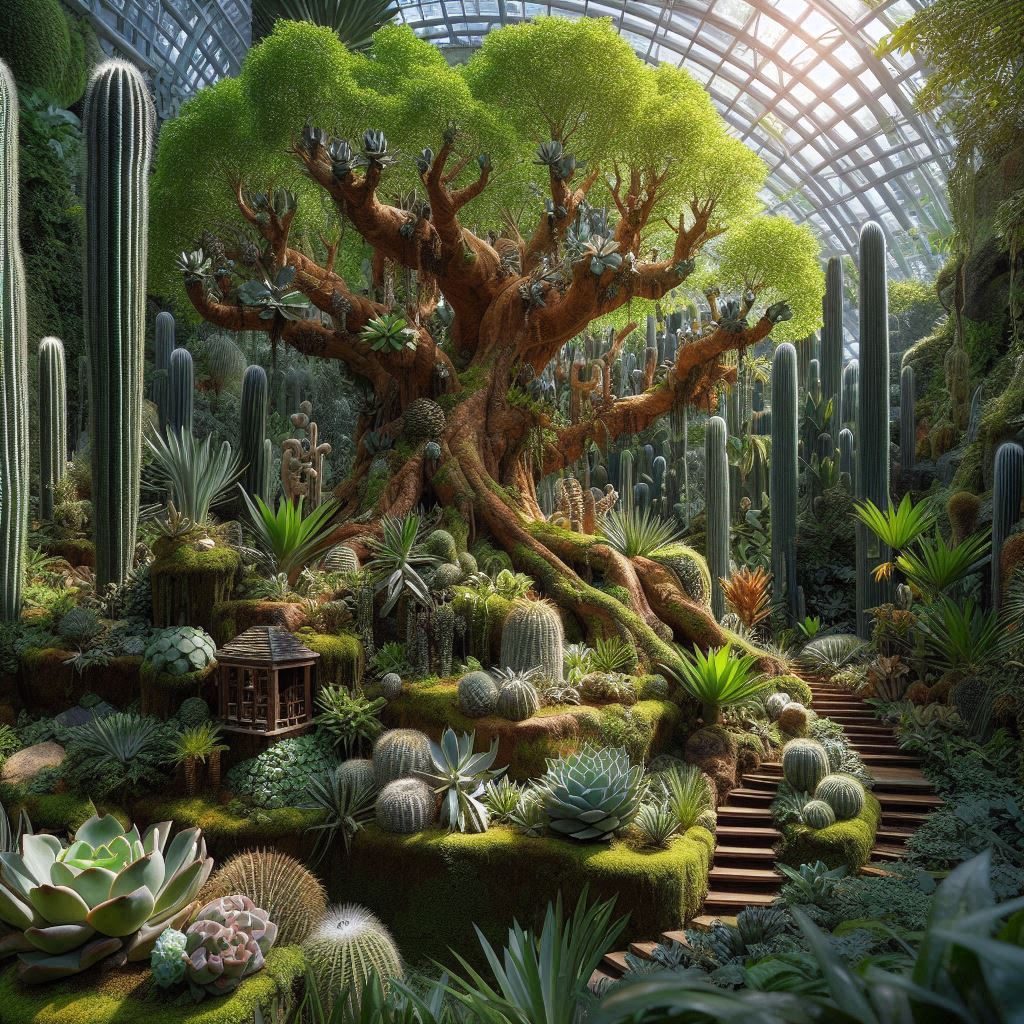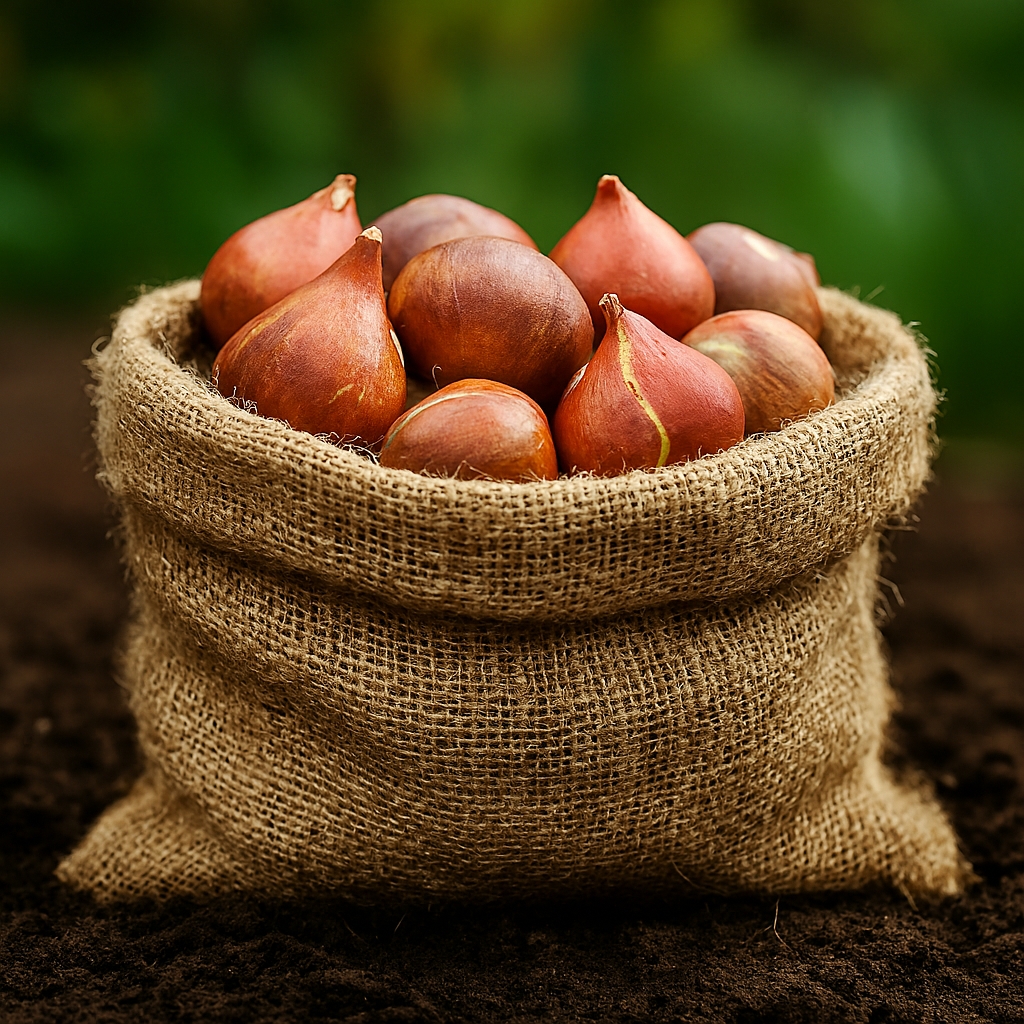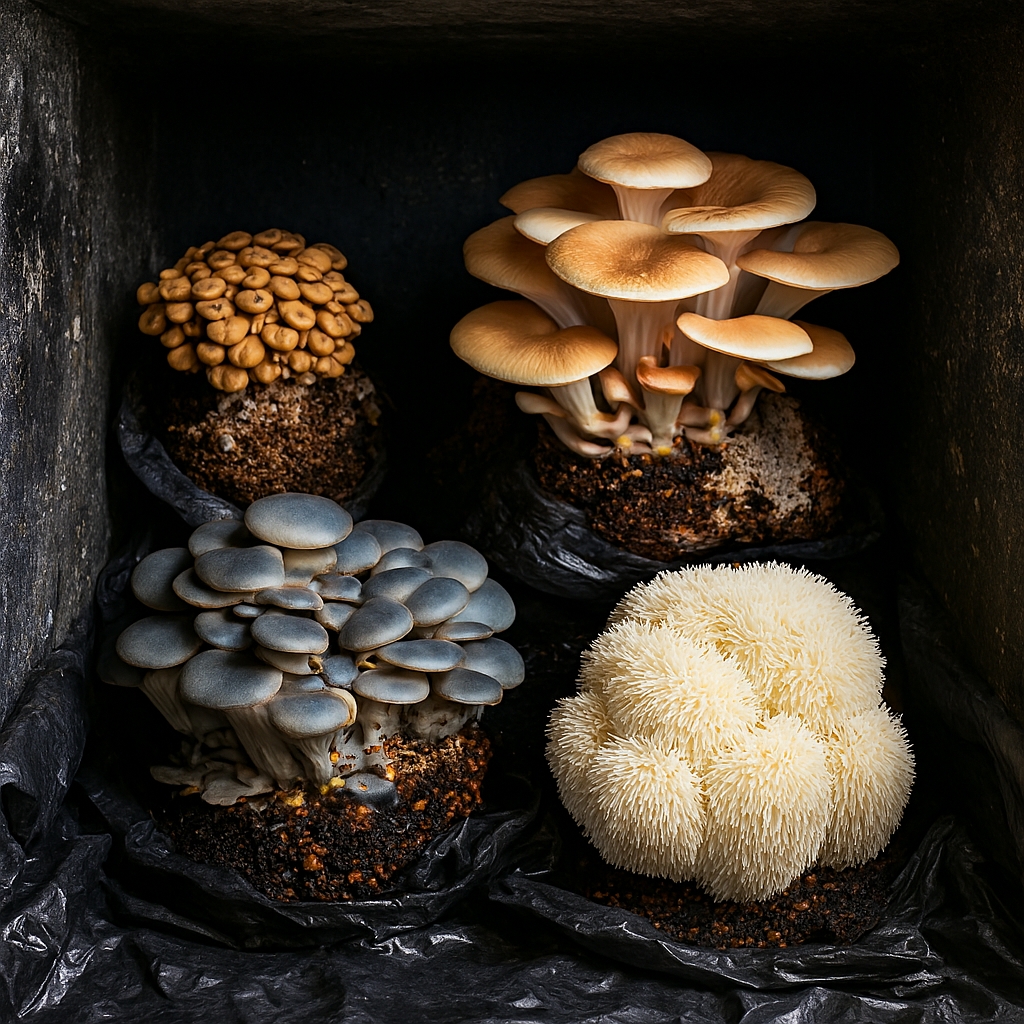The Unsung Heroes of Arid Landscapes
When we think of deserts and arid landscapes, the first images that often come to mind are the resilient succulents and cacti. These remarkable plants are not just survivors of harsh conditions; they play a crucial role in enhancing ecosystems and environments, particularly in water-scarce regions. Let’s explore how these plants contribute to improving our world.
Water Conservation and Management
Succulents and cacti are masters of water conservation. Their thick, fleshy leaves and stems are designed to store water, allowing them to survive prolonged droughts. This adaptation is not only beneficial for the plants themselves but also for the surrounding environment. By reducing the need for frequent watering, these plants help conserve precious water resources in arid regions.
Moreover, certain cacti have evolved to capture and direct water efficiently. For instance, the spines of cacti can collect dew and funnel it towards the plant’s base, ensuring that even the smallest amounts of moisture are utilized. This ability to maximize water usage makes succulents and cacti invaluable in dry areas where water is a limited resource.

Arid Landscapes Succulents and Cacti
Soil Stabilization and Erosion Control
The root systems of succulents and cacti are often extensive and deep, anchoring them firmly in the soil. This characteristic helps prevent soil erosion, a common problem in arid and semi-arid regions. By stabilizing the soil, these plants reduce the risk of landslides and dust storms, which can have devastating effects on local ecosystems and human settlements.
Additionally, the presence of succulents and cacti can improve soil quality over time. As these plants grow and shed their leaves or spines, organic matter is added to the soil, enhancing its fertility and structure. This process supports the growth of other plant species, contributing to a more diverse and resilient ecosystem.
Habitat and Biodiversity Support
Succulents and cacti provide essential habitats for various wildlife species. Birds, insects, and small mammals often rely on these plants for food, shelter, and nesting sites. For example, the saguaro cactus is known to host a variety of bird species, including woodpeckers and owls, which carve out nesting cavities in its thick stems.
By supporting a diverse range of species, succulents and cacti contribute to the overall health and stability of ecosystems. Their presence ensures that even in the harshest environments, life can thrive and adapt.
Climate Regulation
Plants play a vital role in regulating the Earth’s climate, and succulents and cacti are no exception.
Furthermore, the unique photosynthetic pathway of many succulents, known as Crassulacean Acid Metabolism (CAM), allows them to open their stomata at night to minimize water loss. This adaptation not only conserves water but also contributes to the overall efficiency of carbon sequestration in arid regions.
Aesthetic and Cultural Value
Beyond their ecological benefits, succulents and cacti hold significant aesthetic and cultural value. Their striking shapes and vibrant colors make them popular choices for landscaping and ornamental gardening. In many cultures, these plants are also symbols of resilience and endurance, inspiring people to appreciate and protect their natural environments.

Succulents and Cacti
Short-Term and Long-Term Impacts
——————————————
Short-Term Impacts
Immediate Water Conservation – One of the most immediate benefits of planting succulents and cacti is their ability to conserve water. These plants require minimal watering, which helps reduce water usage in gardens and landscapes, especially in arid regions.
Soil Stabilization – In the short term, the extensive root systems of succulents and cacti help stabilize the soil, preventing erosion and reducing the risk of landslides and dust storms.
Habitat Creation – Succulents and cacti quickly provide habitats for various wildlife species. Birds, insects, and small mammals can find food and shelter in these plants, supporting local biodiversity from the outset.
Aesthetic Enhancement – The unique and striking appearance of succulents and cacti can immediately enhance the aesthetic value of gardens and landscapes. Their vibrant colors and interesting shapes make them popular choices for ornamental gardening.
Long-Term Impacts
Sustainable Water Management – Over the long term, the water-conserving properties of succulents and cacti contribute to more sustainable water management practices. By reducing the need for irrigation, these plants help conserve water resources, which is crucial in regions facing water scarcity.
Improved Soil Quality – As succulents and cacti grow and shed their leaves or spines, they add organic matter to the soil. This process improves soil fertility and structure over time, supporting the growth of other plant species and contributing to a more diverse and resilient ecosystem.
Enhanced Biodiversity – The long-term presence of succulents and cacti supports a wide range of wildlife species, promoting biodiversity. This biodiversity is essential for the health and stability of ecosystems, ensuring that they can adapt to changing environmental conditions.
Climate Mitigation – Through photosynthesis, succulents and cacti absorb carbon dioxide and release oxygen, helping to mitigate the effects of climate change. Their unique photosynthetic pathway, Crassulacean Acid Metabolism (CAM), allows them to sequester carbon efficiently, contributing to long-term climate regulation.
Cultural and Educational Value – Over time, succulents and cacti can become symbols of resilience and sustainability in communities. They offer educational opportunities for people to learn about plant adaptations, water conservation, and environmental stewardship, fostering a deeper appreciation for nature.
Join the Conversation
Succulents and cacti have captivated the hearts of many, not just for their unique beauty but also for their incredible environmental benefits.
Whether you’re a seasoned gardener, an environmental enthusiast, or someone just starting to appreciate these remarkable plants, your insights and experiences are valuable.
Share Your Stories – Have you incorporated succulents or cacti into your garden or landscape? Share your success stories, challenges, and tips with our community. Your experiences can inspire others to embrace these resilient plants.
Ask Questions – Curious about how to care for specific types of succulents or cacti? Wondering how these plants can benefit your local ecosystem? Don’t hesitate to ask questions. Engaging with others can provide you with new perspectives and helpful advice.
Spread Awareness – Help raise awareness about the importance of succulents and cacti in improving ecosystems and environments. Share this blog post with friends, family, and social media followers. The more people understand the value of these plants, the greater the impact we can collectively make.
Get Involved – Look for local gardening clubs, environmental groups, or conservation projects that focus on succulents and cacti. Volunteering your time and knowledge can make a significant difference in promoting sustainable practices and protecting these vital plants.
By joining the conversation, you become part of a community dedicated to appreciating and preserving the natural beauty and ecological benefits of succulents and cacti. Together, we can make a positive impact on our environment and ensure that these incredible plants continue to thrive for generations to come.
Conclusion
Succulents and cacti are more than just hardy survivors of the desert. They are vital contributors to the health and sustainability of ecosystems, particularly in water-scarce regions. By conserving water, stabilizing soil, supporting biodiversity, regulating climate, and adding aesthetic value, these remarkable plants play a crucial role in improving our world. Their unique adaptations not only allow them to thrive in harsh conditions but also provide essential benefits to the environment and the communities that depend on them.
As we face increasing challenges related to climate change and water scarcity, the importance of these resilient plants cannot be overstated. By incorporating succulents and cacti into our landscapes and conservation efforts, we can create more sustainable and resilient ecosystems. So next time you see a cactus or succulent, remember the incredible impact they have on our environment and consider how you can support their growth and preservation.
#Succulents #Cacti #WaterConservation #Ecosystem #Biodiversity #SoilStabilization #ClimateChange #DesertPlants #SustainableGardening #GreenLiving #PlantLovers #GardeningTips #EcoFriendly #NatureLovers #EnvironmentalAwareness #AridLandscapes #DroughtResistant #PlantCare #GardenInspiration #WildlifeHabitat #OrganicGardening #PlantDiversity #ResilientPlants #SustainableLiving #ClimateAction #GardeningCommunity #NatureConservation #PlantAdaptations #EcoGardening #JoinTheConversation

















primebiome reviews
Your writing has a way of making me feel like I’m having a conversation with a close friend It’s so genuine and relatable